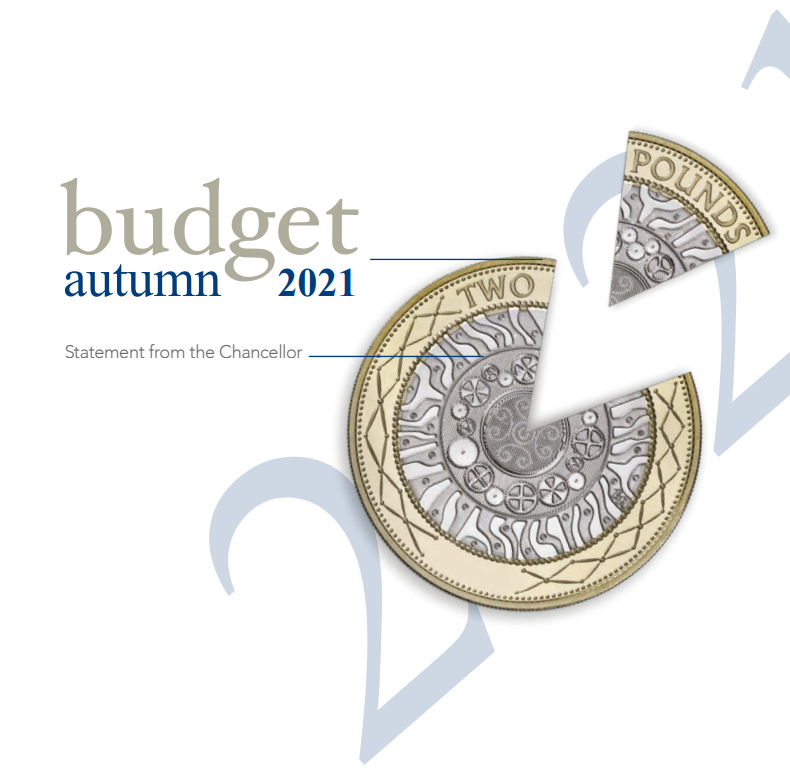In a bid to ease pressures from COVID-19, HMRC have announced that the following penalties for 2020/21 will be waived:
- anyone who cannot file their return by the 31 January deadline will not receive a late filing penalty if they file online by 28 February
- anyone who cannot pay their Self-Assessment tax by the 31 January deadline will not receive a late payment penalty if they pay their tax in full, or set up a Time to Pay arrangement, by 1 April
Interest will be payable from 1 February, as usual, so it is still better to pay on time if possible.
Self-Assessment timeline:
- 31 January – Self Assessment deadline (filing and payment)
- 1 February – interest accrues on any outstanding tax bills
- 28 February – last date to file any late online tax returns to avoid a late filing penalty
- 1 April – last date to pay any outstanding tax or make a Time to Pay arrangement, to avoid a late payment penalty
- 1 April – last date to set up a self-serve Time to Pay arrangement online







